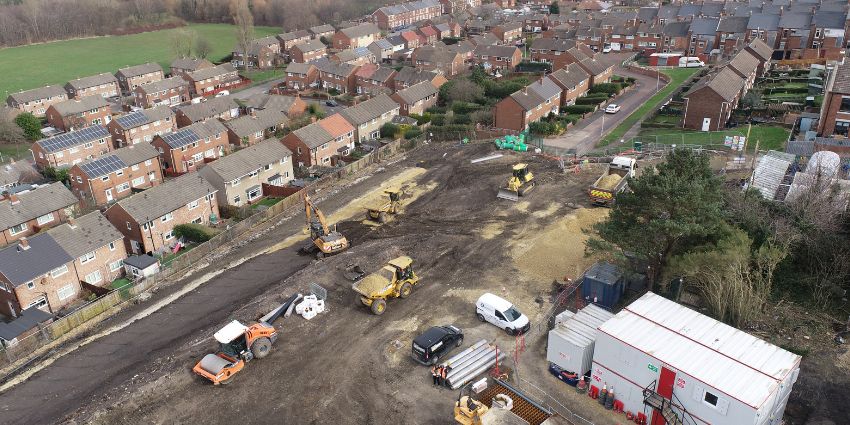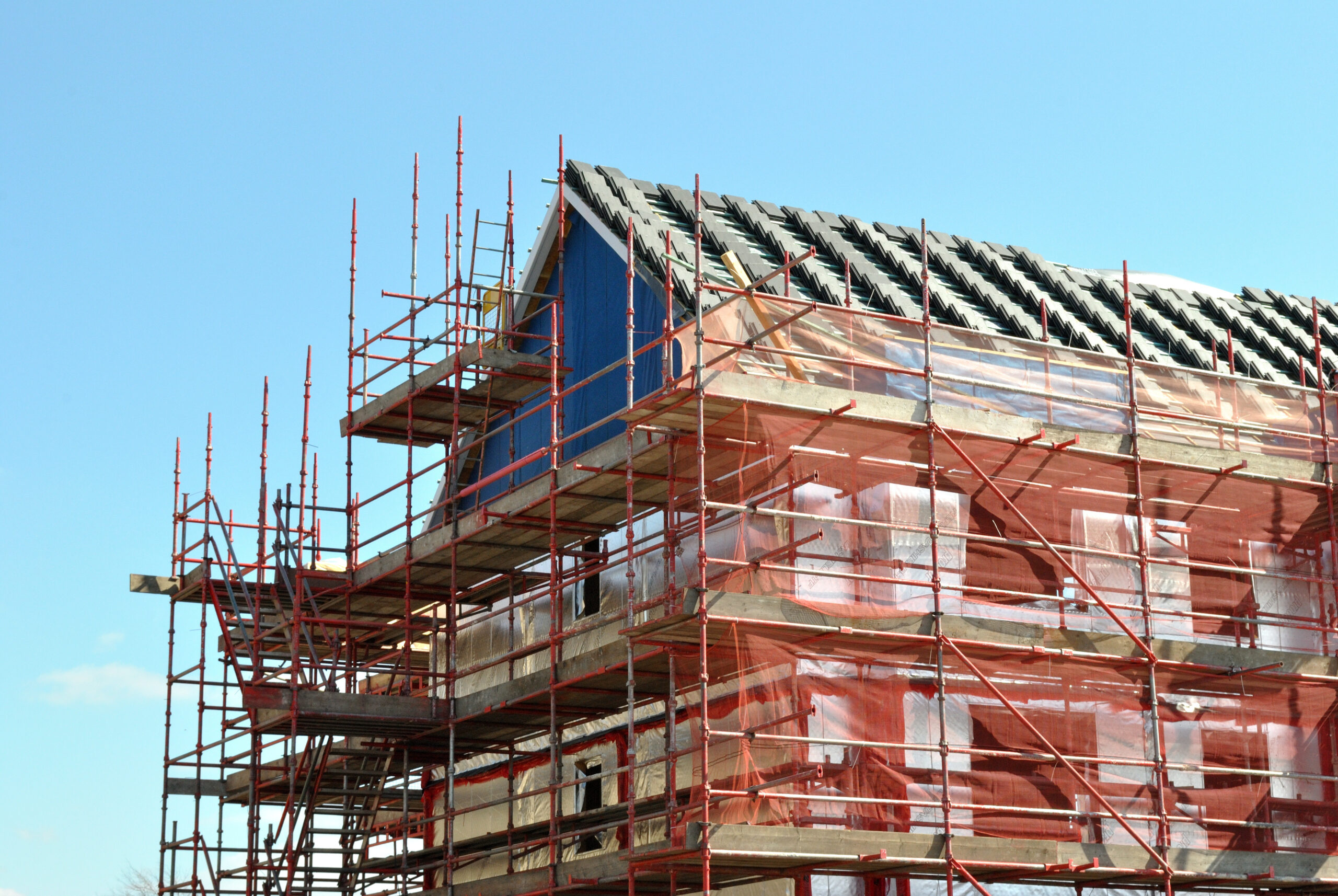Sadiq Khan’s ‘Bold’ Move: Building Homes on London’s Green Belt—And What It Means for Social Housing

In a significant shift in policy, London Mayor Sadiq Khan has announced plans to explore building homes on parts of the city’s green belt. The move comes as London faces an escalating housing crisis, with rents soaring and homelessness increasing.
Khan argues that relying solely on brownfield sites—previously developed land—is insufficient to meet the city’s housing needs.
London requires nearly 88,000 new homes per year, but current development rates fall far short of this target.
His proposal suggests that low-quality green belt land, often poorly maintained and inaccessible to the public, could be repurposed for housing while ensuring affordability, energy efficiency, and improved transport links.
A Game-Changer for Social Housing?
One of the most pressing concerns in London’s housing crisis is the severe shortage of social and affordable housing.
While Khan has emphasised affordability in his vision for new developments, the extent to which these homes will be allocated to social housing remains unclear.
If properly executed, this strategy could unlock thousands of new homes for people who urgently need them—particularly key workers, low-income families, and those facing homelessness.
Currently, London has some of the longest waiting lists for social housing in the UK, with over 250,000 people waiting for a suitable home.
The lack of supply means many households are trapped in expensive, insecure private rentals or temporary accommodations. Using low-quality green belt land for housing could provide a crucial opportunity to increase stock and ease pressure on struggling communities.
However, concerns remain. The success of this initiative will depend on strong planning regulations ensuring that a significant proportion of these homes are reserved for social housing.
Without clear targets and enforceable commitments, there’s a risk that developers prioritise market-rate homes, leaving the social housing crisis largely unaddressed.
Political & Environmental Debate
The announcement has sparked controversy. While Deputy Prime Minister Angela Rayner has praised the plan as a “bold proposal” to tackle London’s housing crisis, critics—including countryside campaigners—argue that it prioritises development over environmental protection.
Some Conservative politicians have accused Khan of “sending in the bulldozers” instead of focusing on delivering homes through existing planning permissions.
Khan insists that the plan will not target London’s cherished parks and green spaces but will focus on strategic development near transport hubs.
His administration has launched a consultation to shape the next London Plan, which will guide the city’s development for the next two decades.
The Future of London’s Housing Crisis
As the debate unfolds, Khan’s proposal raises fundamental questions about balancing urban expansion with environmental preservation. If done correctly, repurposing low-quality green belt land could be a lifeline for London’s most vulnerable residents. But the success of this strategy will depend on ensuring that social housing remains a core part of the plan—not just an afterthought.
The coming months will be crucial as policymakers, developers, and communities weigh in on the future of London’s housing. Will this strategy provide the homes London desperately needs, or will it lead to the erosion of vital green spaces?

